hackberry tree leaves bumps
Infected trees have poor growth dead branches in the upper canopy undersized andor yellow leaves. Thereof what are those bumps on leaves.

My Leaves Have These Weird Bumps And Lumps On Them Arborsmith Ltd Crafstman In The Care Of Trees
There are yellow discolorations on upper leaf surface above the nipple galls.

. Browse 232 hackberry tree stock photos and images available or start a new search to explore more stock photos and images. This irregular gall looks like roosters combs on the leaves. The leaf underside has large netlike veins.
One of our volunteers said that they were caused by bugs laying eggs and feeding on the leaves. The bark is mostly smooth and gray with small bumps or warts on the older stems. When our clients ask about these funny bumps on their tree leaves.
The trees have strong tap roots and many shallow spreading roots. The wart-like growths on the hackberry leaves are galls. Up close the galls really do look like baby-bottle nipples that have fallen to the ground and been covered with tiny hairs.
The wood has a charecteristic yellowish white color. We found these strange protrusions on a hackberry tree planted beside the Barton Centre on Kenilworth. Thick black shoestring-like fungus can sometimes be seen under the bark around roots and in the soil around the base of the tree.
Plant form of common hackberry. If you see bumps like this on your hackberry tree do not despair. Nymphs are spiny and wingless.
Circular nipple-like swellings that project from the undersides. It is drought tolerant. Aged bark has ridges and bumps like dried mud globs.
Prunus padus bird cherry hackberry hagberry mayday tree flowering plant - hackberry tree stock illustrations. Flat white sheets of fungal mycelia mycelia fans grow between the bark and sapwood at the base of infected trees. Why You See Bumps or Round Balls on Oak Tree Leaves.
Oak leaf blister disease and oak leaf gall are the top two culprits when it comes to problems with oak tree leaves. Hackberry nipple gallPachypsylla celtidismamma. The gall is induced to form by a gnat-like psyllid.
The leaves are turning brown and are falling down a lot in the last weekThe leaves have the whitish wart-like bumps on the underside and they also have black tiny dots covering the leaf. Leaf stem or twig galls. Those bumps on the leaves are leaf galls.
Bird cherry prunus padus victorian botanical illustration 1863 - hackberry tree stock illustrations. Galls are abnormal plant growths caused by various. Oak Leaf Blister Symptoms.
Hackberry leaves have teeth and taper towards the tip. These growths are generally known as. Up close the bumps look like hairy nipples.
Intrigued we investigated a bit further. Hackberry lace bugs are 18 to 316 inches long sap-feeding insects with clear ornate lacy wings. The leaves often have galls and disease sometimes causes dense clusters of deformed twigs along the branches.
The browning of the hackberry Celtis occidentalis leaves is probably due to lace bugs. Trees suffering from oak leaf blister will develop raised spots scattered on the leaves. They are quite common on trees.
This specific gall is caused by a psyllid on hackberry trees. Hackberry Celtis occidentalis is host to a number of gall forming insects. Discover what to do when you spot them.
They are often covered with bumps called Nipple Galls. With the most common occurring on the leaves of maple trees and in the branches of oak trees. Occidentalis is a large native tree found commonly on river terraces and floodplains in southern and central MinnesotaIt is related to the American elm and after the arrival of Dutch elm disease in Minnesota hackberry often replaced American elms both in native forests and in planted landscapes.
Leaf nipple galls on Hackberry are so ubiquitous that I would be surprised if I saw a Hackberry this time of year without them. Raised cushion-like bumps on affected branches may be cream to orange or red turn black with age. Hackberry Nipple Galls Deform Tree Leaves Siouxland Homes Siouxcityjournal Com Trees most commonly affected are hackberry sycamore and oak.
Take Hackberry Nipple Gall for instance. Up close the bumps look like hairy nipples. Hackberry leaves have teeth and taper towards the tip.
Leaves of hackberry trees often have the hackberry nipple gall caused by an insect called a psyllid. Premature leaf drop can occur during heavy infestations. The wood is heavy weak coarse-grained pale yellow to nearly white.
The tree may produce yellow leaves scattered throughout the canopy of the tree all the leaves on a tree may turn yellow and drop or the leaves may turn brown but stick to the branches. The leaves of hackberry have a rough texture like sandpaper. What is uncommon is the generous number we are seeing this year.
Most leaf galls on oak are not damaging. They are the tree trying to heal itself. Adults are light brown with flecks of creamish-white and look like miniature cicadas.
It is not uncommon as this occurs annually. Elms often get galls such as the cockscomb gall caused by an aphid. Both stages live on the lower surface of leaves.
Hackberry leaves have teeth and taper towards the tip. Galls are odd greenish shapes that grow on plants. The gall found on the hackberry leaves is referred to as the hackberry nipple gall.
Hackberry Celtis is a group of medium-sized deciduous trees with long ovately-shaped leaves clusters of small fuzzy spring flowers and small purple fruitsLow-maintenance hackberry trees are hardy trees that withstand many conditions including drought wet soil strong winds and air pollution. Trees most commonly affected are hackberry sycamore and oak. As they feed they leave tiny yellow to white spots on leaves and dark varnish-like waste spots on the under sides.
Galls are abnormal growths of plant tissue induced to form by mites insects or other small organisms. Hackberry is a highly variable species that can vary in size from a large to small tree or shrub. My Hackberry tree appears to have 2 diseases going on.
Leaves disfigured by wart-like bumps and spikes are usually caused by mites and are generally harmless to the infested tree. Leaf galls alarming bumps on tree leaves arent insects or diseases. Galls are odd greenish shapes that grow on plants.
Hackberry nipple gall maker Pachypsylla celtidismamma is an insect pest of hackberry trees creating bumps on the underside of the leaves also known as galls. They are often covered with bumps called Nipple Galls. Nipple galls are common ailments of various trees in the landscape and can be caused by a few different insects.
The hackberry is an exceptionally hardy tree in fact experts have referred to it as one tough tree The hackberry can be grown in various soils and locations and they can thrive under a wide range of temperatures and conditions including regions that see upwards of 50 inches of rainfall each year although the tree itself actually doesnt require a lot of water. There are a few ways to tell them apart. The gall of insects tree bumps and lumps Gardeners have been seeing lots of lumps bumps and blobs on different kinds of leaves throughout the home landscape or in parks and the forest preserves.

My Leaves Have These Weird Bumps And Lumps On Them Arborsmith Ltd Crafstman In The Care Of Trees
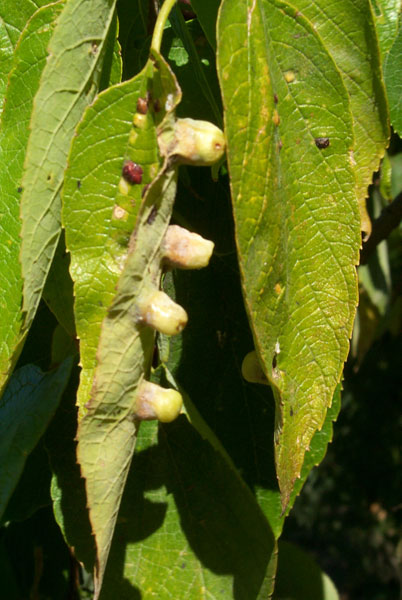
What S Wrong With My Plant Garden University Of Minnesota Extension

Common Hackberry Plants Texas Native Garden
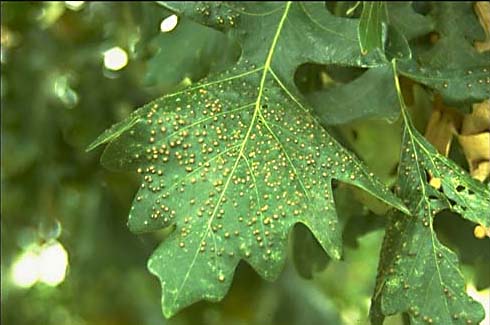
Insect And Mite Galls Umn Extension

Leaf Closeup On Wood In 2022 Plant Leaves Leaves Plants

Hackberry Gall Psyllids Nebraska Extension In Lancaster County
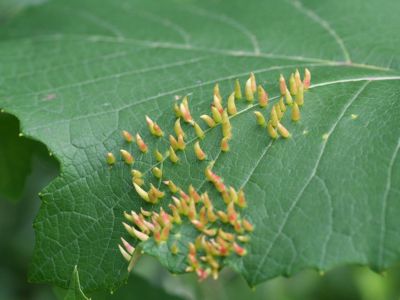
Causes Of Spindle Galls How To Treat Spindle Galls On Trees

201 Gall Mites Photos Free Royalty Free Stock Photos From Dreamstime

What S Wrong With My Plant Garden University Of Minnesota Extension

What S The Deal With Those Weird Bumps On Tree Leaves Open Spaces Trib Com
Hackberry Leaf Drop 458458 Ask Extension

Hackberry Nipple Galls Deform Tree Leaves Siouxland Homes Siouxcityjournal Com
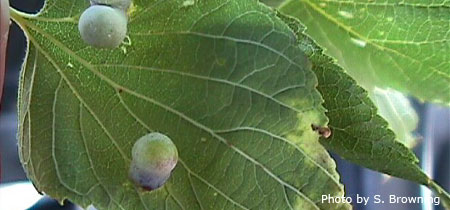
Common Tree Leaf Galls Treegalls Nebraska Extension In Lancaster County
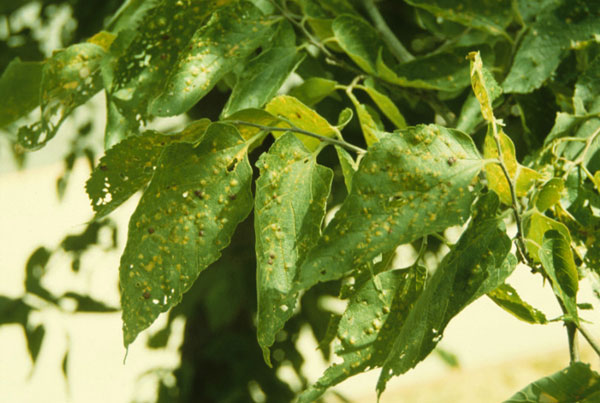
What S Wrong With My Plant Garden University Of Minnesota Extension

What S Wrong With My Plant Garden University Of Minnesota Extension

What S Wrong With My Plant Garden University Of Minnesota Extension

Hackberry Psyllids Tiny Jumping Biting Insects Insect Diagnostic Lab
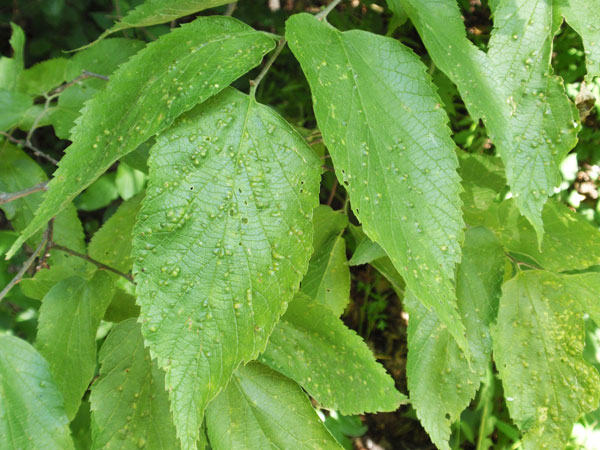
What S Wrong With My Plant Garden University Of Minnesota Extension
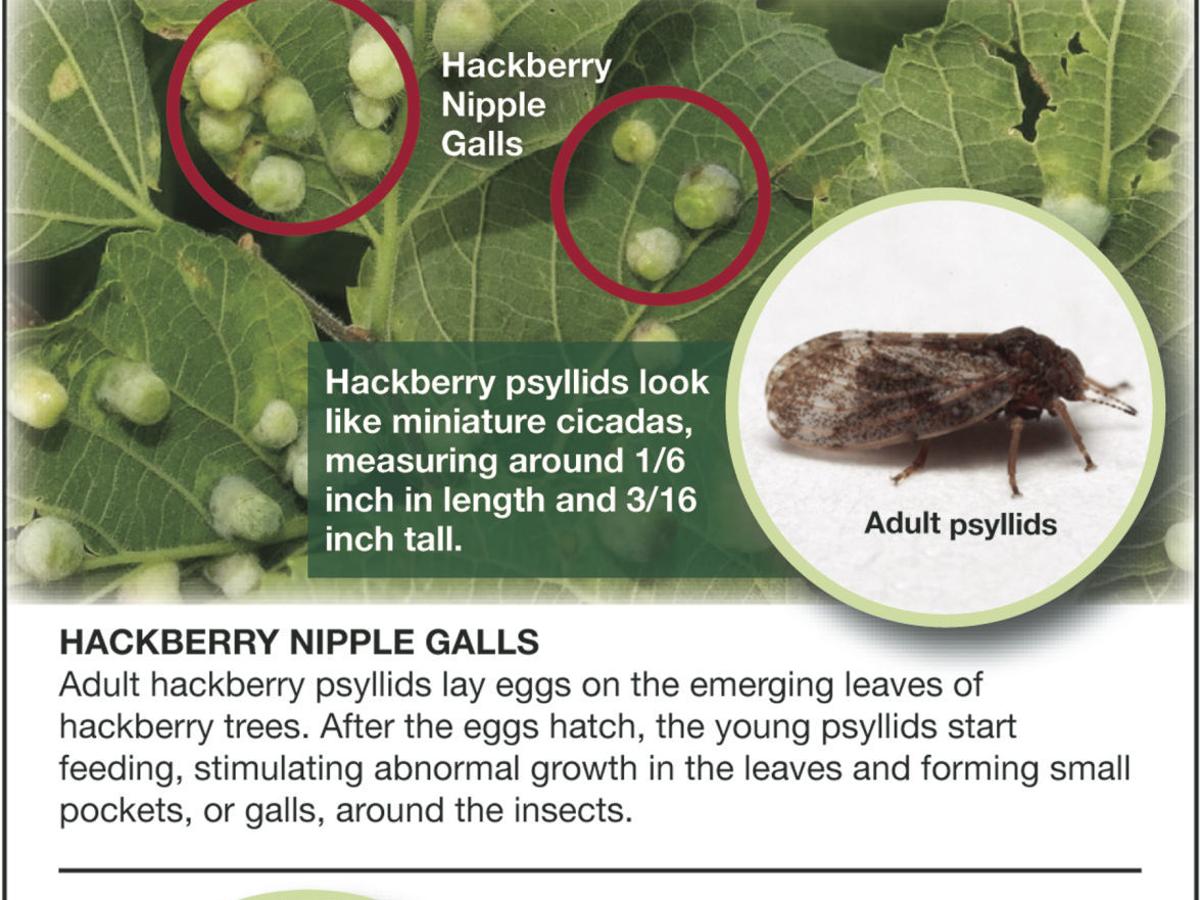
Hackberry Nipple Galls Deform Tree Leaves Siouxland Homes Siouxcityjournal Com